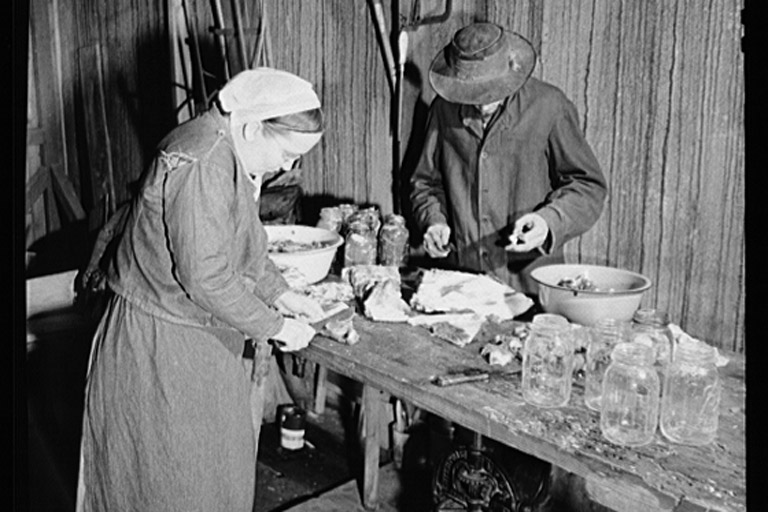The Work of Pioneering Amish Studies Scholar Walter Kollmorgen: Annotations of His 1940s Amish Publications

Journal of Amish and Plain Anabaptist Studies
Anderson, Cory. 2023.
11(1):95-105.
Research Points
This article annotates Walter Kollmorgen’s two seminal contributions to Amish studies scholarship: a 1942 report published by the U.S. Department of Agriculture and a 1943 article in the American Journal of Sociology.
The Amish, having settled a productive region in Lancaster County, rely on farming (as an expression of rurality) to survive, as it is advantageous for nonconformity—living together and keeping the outside out.
Amish apply the Bible literally and adhere to past practices where the Bible is not clear, refusing to compromise old discipline, thus achieving stability.
The Amish maintain separation by providing no focal point in the community (e.g. a meetinghouse) and maintaining a mentality of separation in school and village interactions. The Amish community is administratively divided into districts that have local leadership.
The Amish struggle some to adjust to a society where legislation increasingly standardizes the country, but they also have internal struggles related to land prices/farm acquisition and differences over regulations.
© 2024 Cory Anderson • All Rights Reserved
